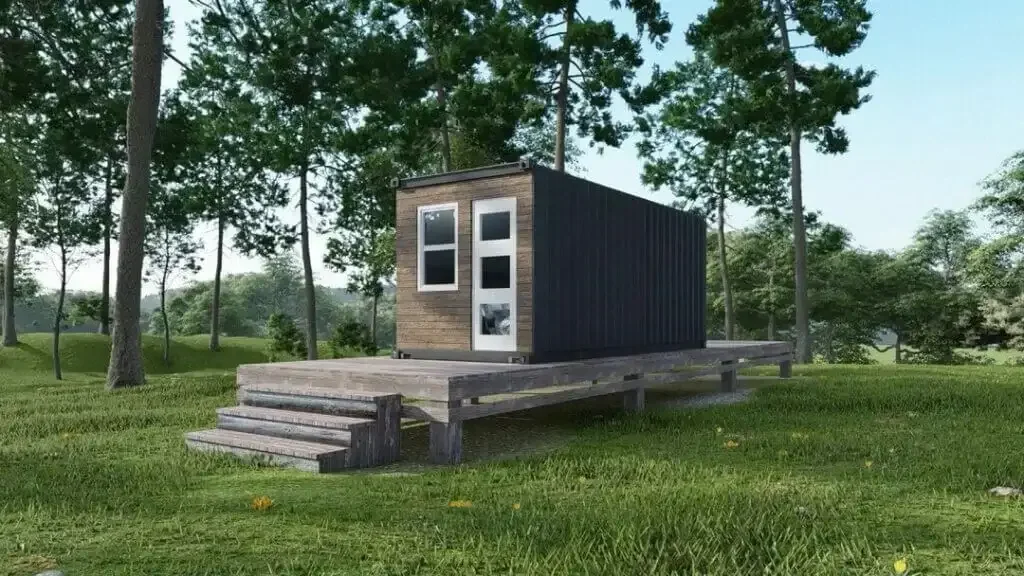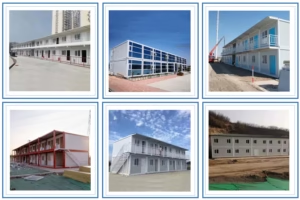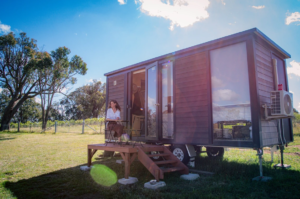1. Understand Local Regulations for Shipping Container Home Blueprints
When working with shipping container home blueprints, it’s crucial to ensure that all construction aligns with local building regulations, permits, and zoning restrictions. Every area has unique requirements, so consulting with the local council can simplify the process. Key questions to ask include:
- Are there any restrictions on placing prefabricated metal structures on my property?
- What specific permits do I need for a container home?
- Are there HOA rules or deed restrictions I should be aware of?
2. Ensure Site Access and Clearance
Ensure that the delivery truck has unobstructed access to the site. Trim back any branches, clear out any stored materials, and remove any other obstructions that may interfere with transportation and delivery. The pathway should be sufficiently wide to accommodate the truck and crane, as there may be a need to hoist the container into position.
3. Level the Ground
Ensure that the delivery truck has unobstructed access to the site. Trim back any branches, clear out any stored materials, and remove any other obstructions that may interfere with transportation and delivery. The pathway should be sufficiently wide to accommodate the truck and crane, as there may be a need to hoist the container into position.
4. Choose the Right Foundation
Although containers can be set on flat land, a foundation is always suggested to reduce moisture accumulation and improve strength. The most popular foundation options are:
Concrete slab, which is the best option for long-term placement as it offers the most stability.
Pier Foundation, using concrete piers at strong support points, can be used for more movable or temporary homes.
Gravel Pad, a low-cost option that provides drainage.
Railroad Ties, an inexpensive option that helps in lifting the container preventing it from making contact with the ground.
5. Plan Utilities and Hookups
For on-grid living and off-grid living, plan your utility hookups before hand. If you’re planning on inline setups, make sure there is accessible municipal water, power and sewage systems. For off grid solutions, consider:
- Water Supply: Install a gravity-fed system, freshwater tank, or cistern.
- Power: Solar panels or a generator can provide electricity.
- Waste Management: Set up a septic system or composting toilet.
6. Perform a Final Inspection
After completing all necessary work, do a final crucial inspection. Ensure that everything is in the correct place; the foundation has to be solid, utilities are installed, and there is unobstructed delivery access for the day. This is a final smooth install check to provide you with peace of mind.
Ready to Build Your Container Home?
Get in Touch:
- Alibaba International Site: Carter House on Alibaba
- WhatsApp: +86-13081655379
- Email: admin@carteroom.com



